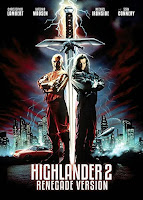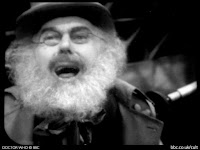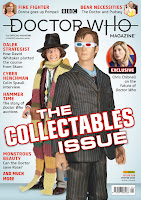The Lady Astronaut series is set in a world where a meteor smashes into the US in the 1950s, with a dramatic effect on the climate which only looks to get worse. This accelerates the space programme, with the active involvement of women. The first two books in the series are led by Dr Elma York, "the" Lady Astronaut as far as the press are concerned. This new book is focused on one of her colleagues, Nicole Wargin - an accomplished astronaut in her own right but also the wife of the governor of Kansas. He's struggling with the fact that a lot of people object to the expense of the space programme, and many want to deny the existence of the global crisis. An "Earth First" movement is flexing its muscles with ever more menace.
It's a thrilling read, full of incident and twists - the end of Part II in particular made me gasp. The nerdy technical stuff is also threaded with raw emotion: Nicole's anorexia is as much of a wrench for those around her as it is to her. There's grief, too, and the PTSD of those surviving the meteor in the first place, and lots on race and sex (both gender politics and nookie). Lots of this is conveyed in telling detail: an argument where we glean that racial epithets have been used without being told exactly what was said; the mouthfeel of apple sauce or cottage cheese when Nicole is under stress; the chilling etiquette in not asking people where they're from in this world, since it may well have been destroyed.
In her "About the History" notes at the end, Kowal says that in her "LAU", the meteor prevented Jonas Salk working on his polio vaccine which is why the disease is such an issue in the novel.
"The headline about Chicago refusing to vaccinate children? That is real. The vaccination program did work though and brought the polio epidemic to a standstill. The last case of wild polio in the United States was in 1979 ... When I wrote this book, COVID didn't exist. As we go to press ... the choices that I've made to be religious in my social distancing and mask-wearing are directly influenced by the research I did about polio. My father says that he remembers movie theatres being shut down, how no one would get into a public swimming pool, and that 'everyone was afraid of getting it.' Everyone knew someone who had gotten polio." (p. 698)
As well as the disease itself, Kowal deals with denialism, and in Part III there's the horrible, practical issue of a funeral attended over video link. It's a coincidence that it all feels so timely, but it's a testament to Kowal's skill that this stiff feels so credible having now lived such experience.
Other elements of the plot may have been borrowed from fiction. The front cover of my copy includes an endorsement from Andy Weir, author of The Martian, and I think that book might be the inspiration for Nicole making use of stuff left over from previous expeditions. Earlier, the crew of Nicole's moonbase are compromised using the same method deployed by the Cybermen in 1967 Doctor Who story The Moonbase - and I know Kowal has admitted sneaking the Doctor into other books.
But the success of The Relentless Moon is all down to Kowal as expert pilot. For all the thrills and danger, as readers we're in safe hands: the setting and characters grounded in reality, each of the myriad mysteries tied up by the end, the technical stuff balanced with plenty of humour and insight. It's a hugely satisfying read. The epilogue, set two years after the main events, took me completely by surprise but in retrospect seems inevitable, the ground skilfully prepared - so what felt at first like a giant leap is really a small step. And that, I think, is what makes this book so appealing: it's all about small steps forward in dealing with crises. We can work our problems.
- Last year, I took part in an online panel with Mary Robinette Kowal - World-Building: How Science Shapes Science Fiction



























